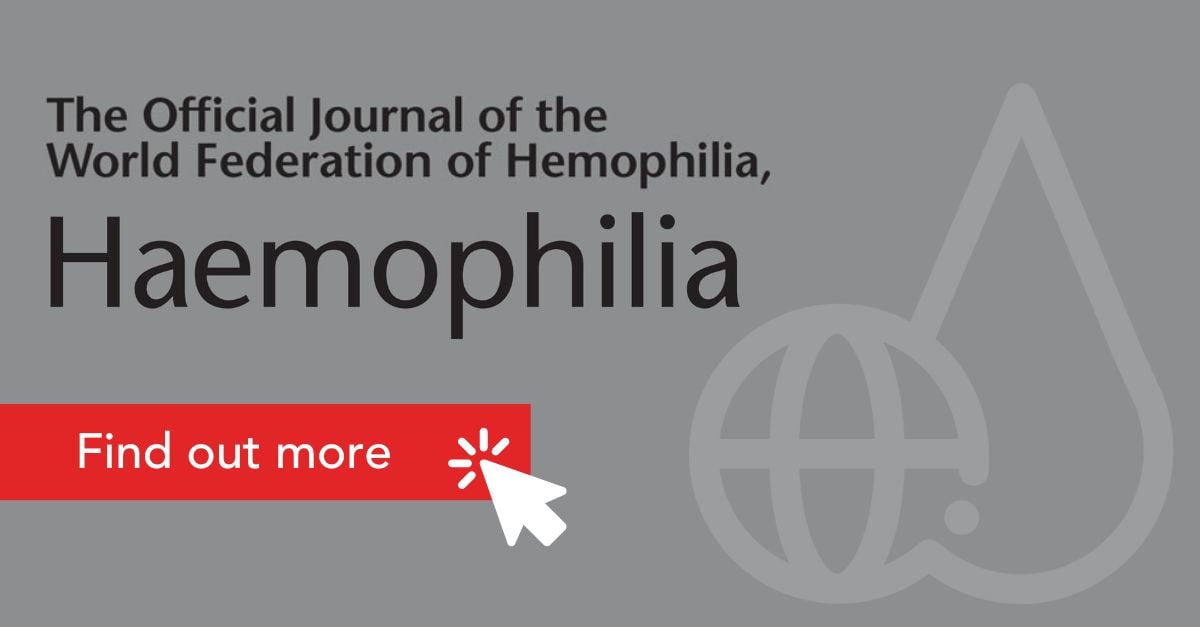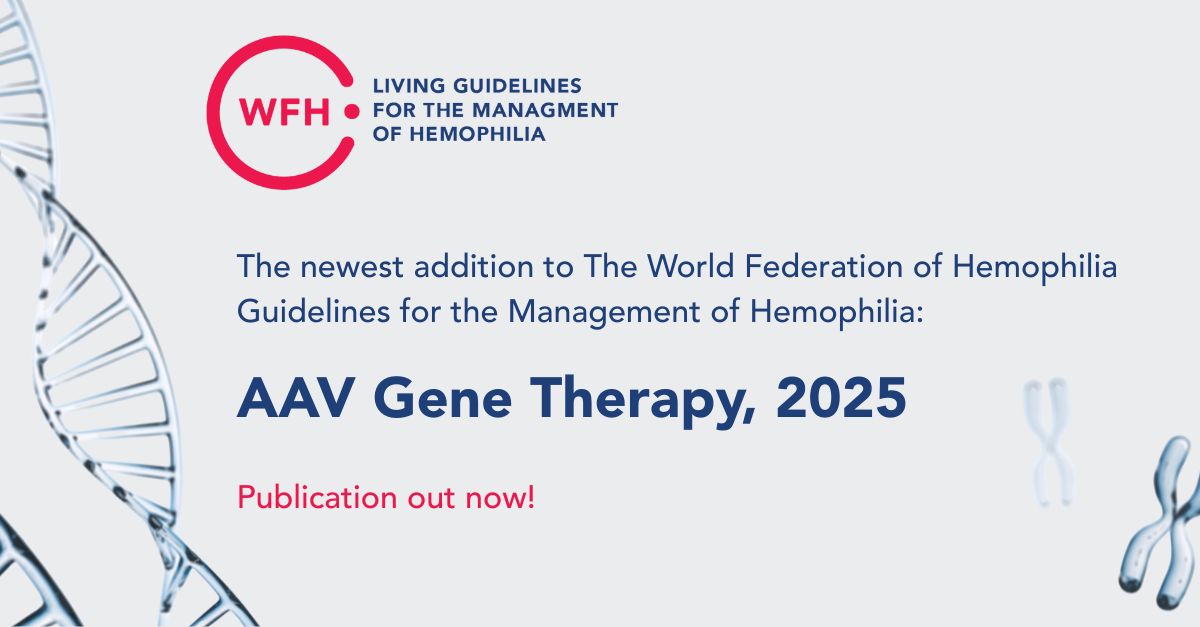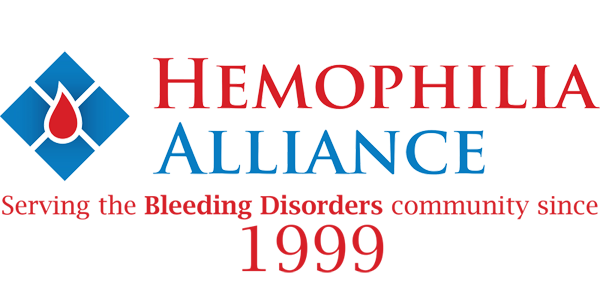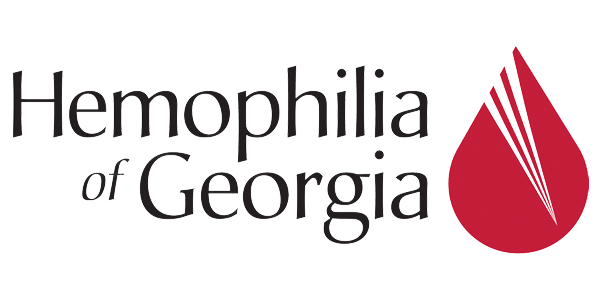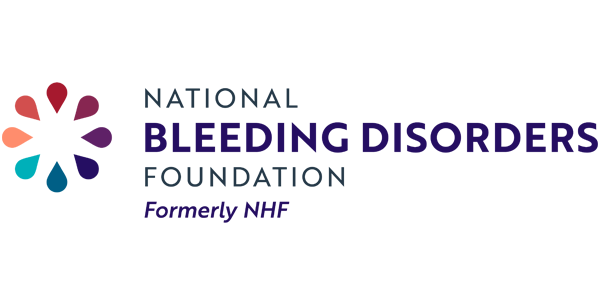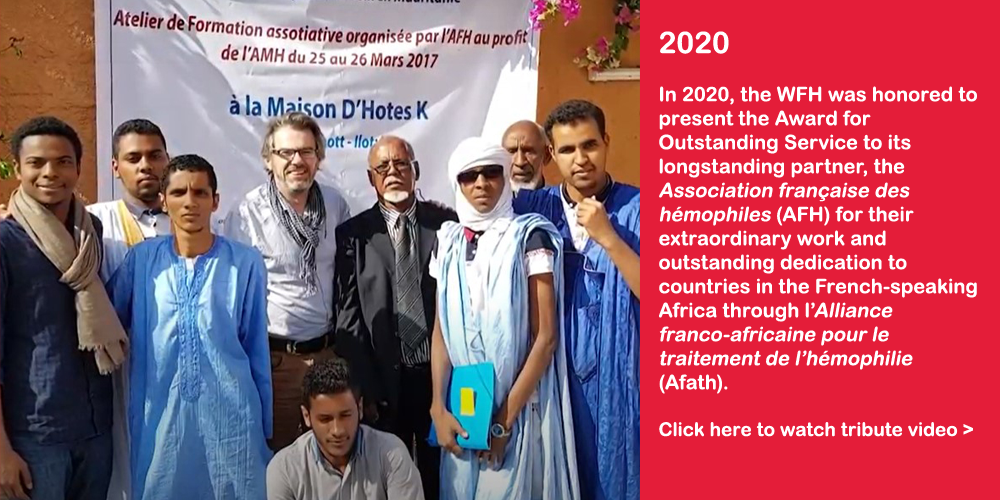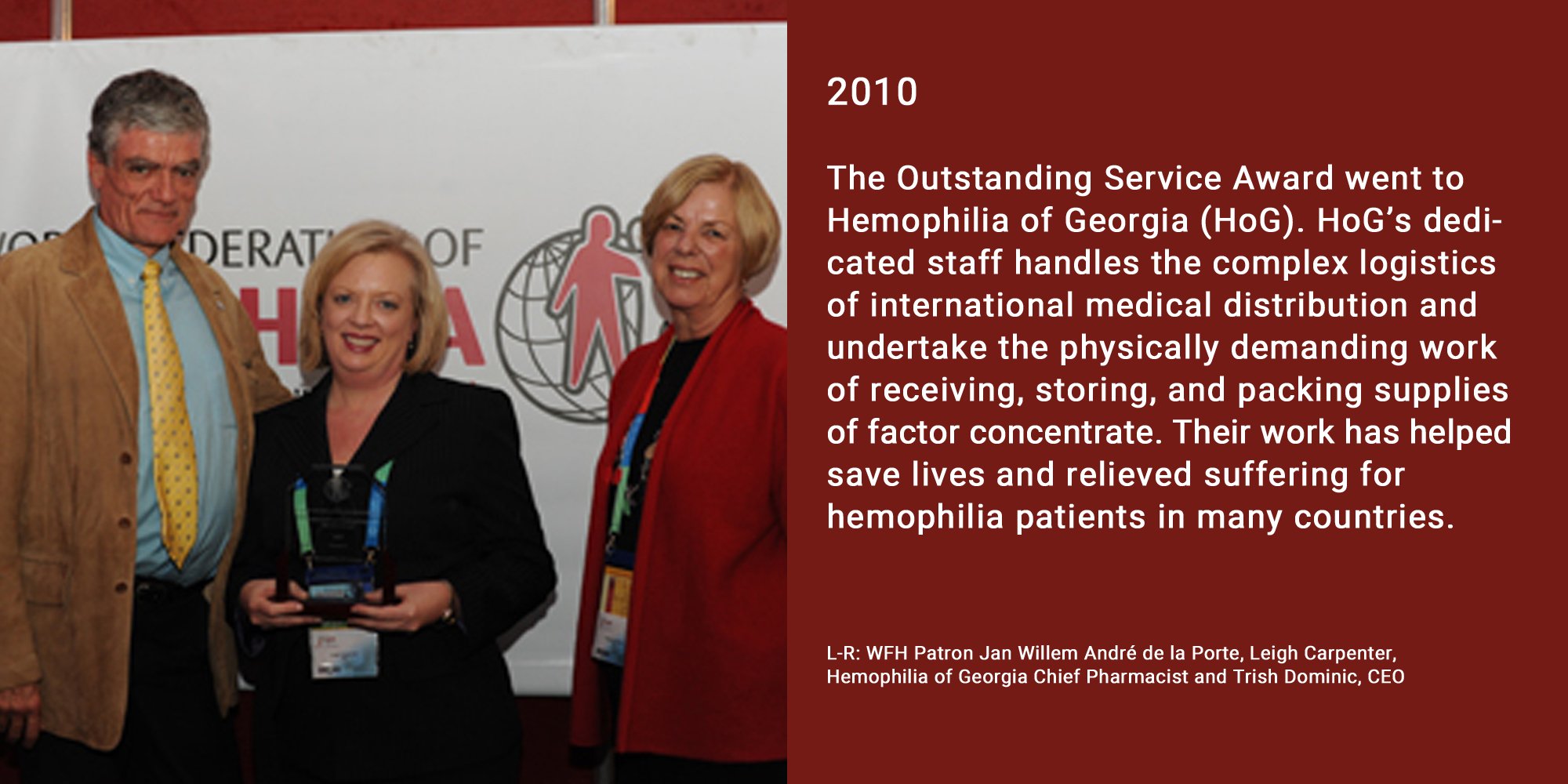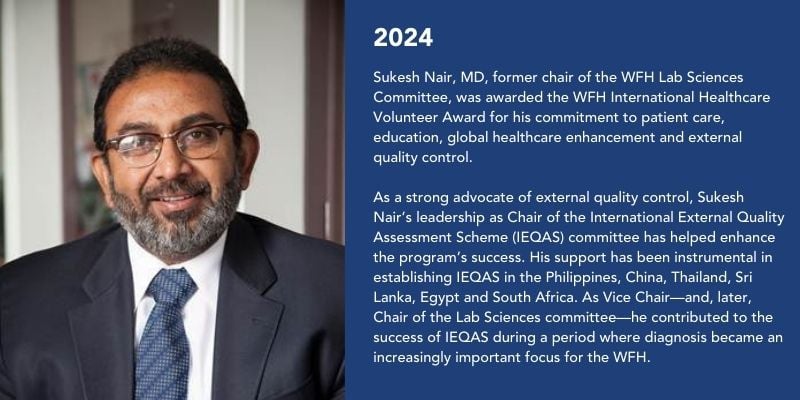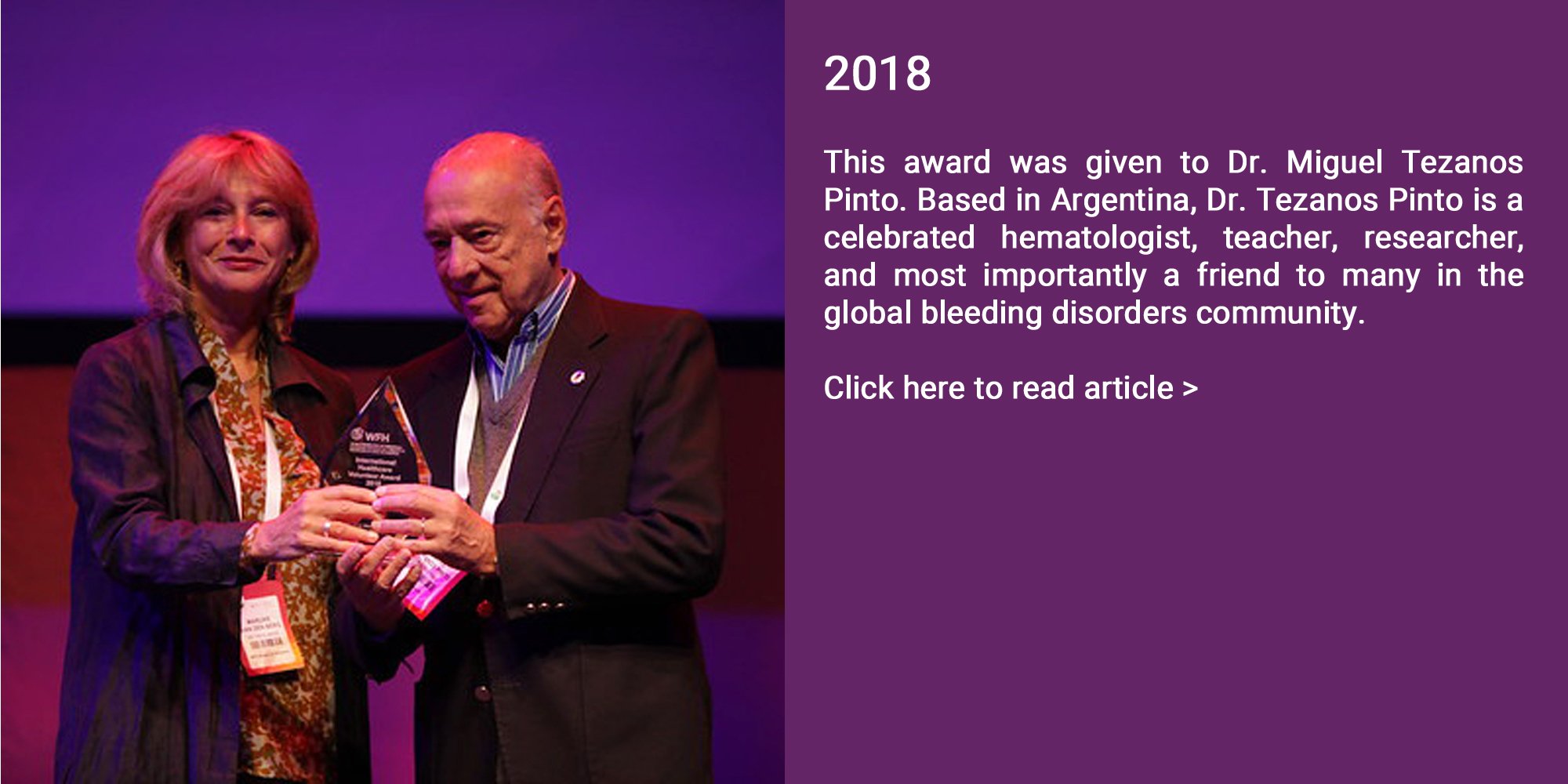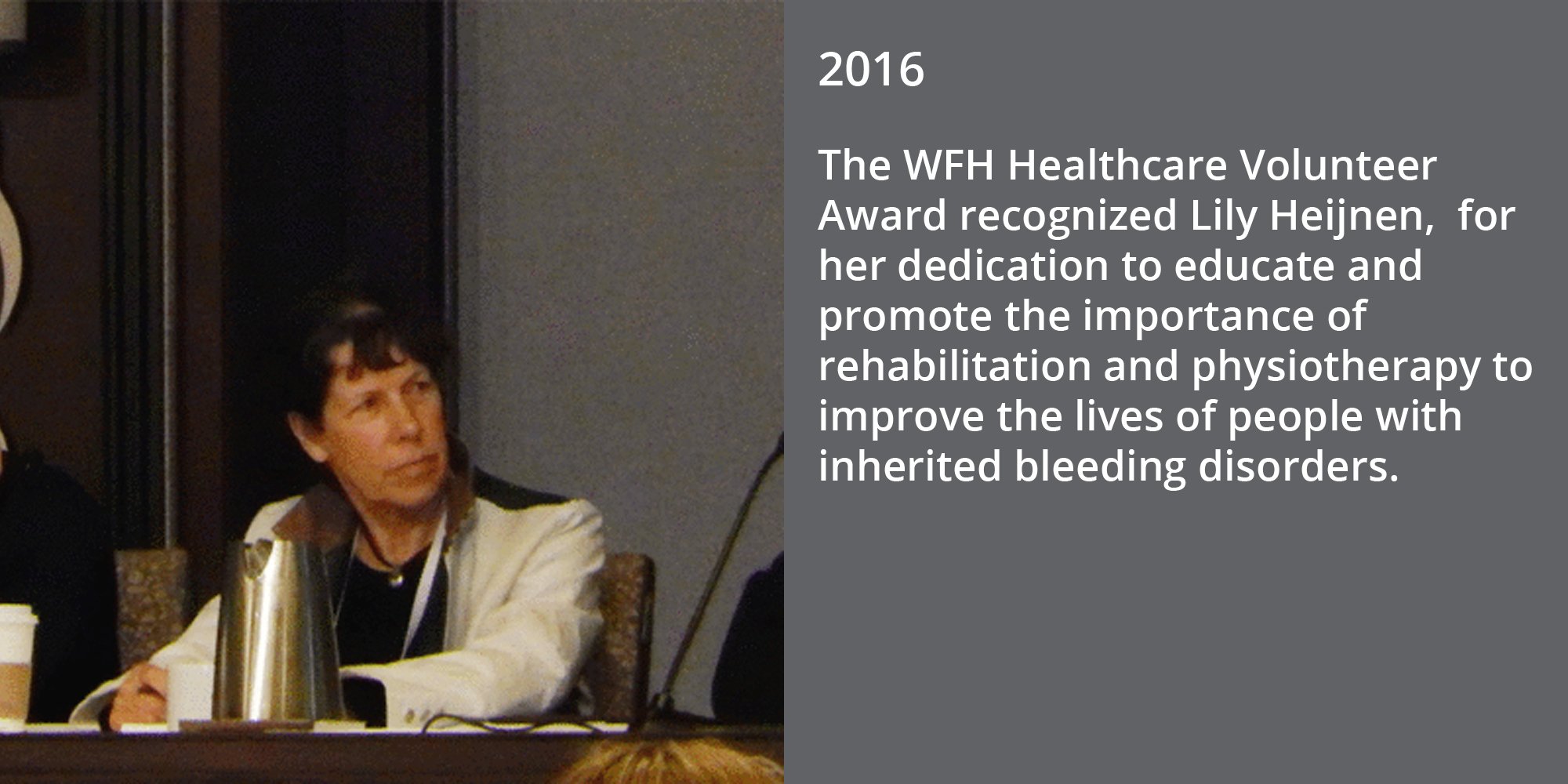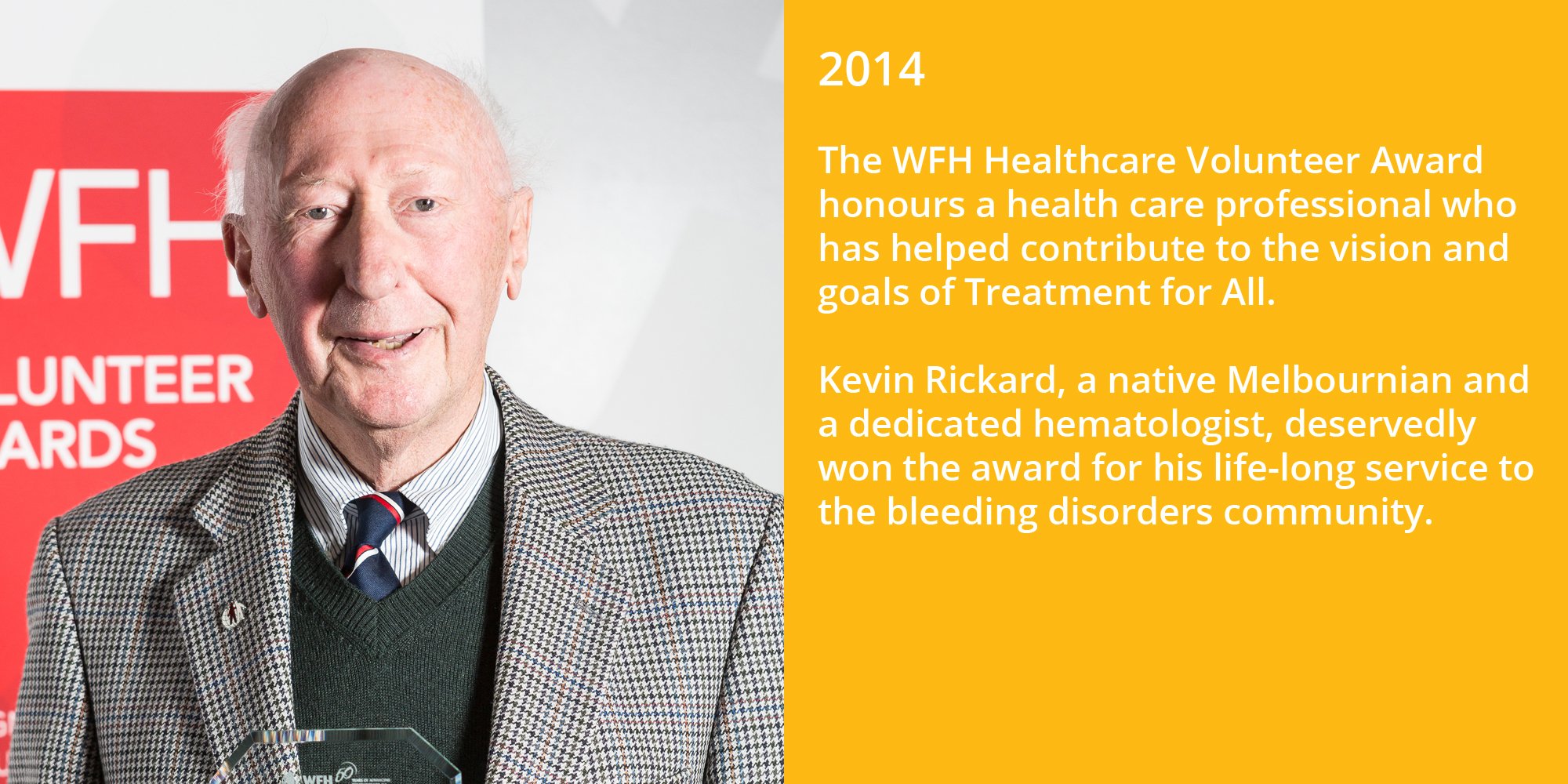The WFH has published treatment guidelines for hemophilia since 2005, with updates in 2013 and 2020 (3rd edition). These guidelines are crucial for standardizing clinical practice, ensuring patient safety, and supporting informed and shared decision-making. With this new chapter on adeno-associated virus (AAV) gene therapy, the WFH begins its transition to a living guideline model, allowing for timely updates as new evidence emerges.
Developed with input from clinical experts, people with hemophilia, and caregivers, the guidelines provide evidence-based recommendations for the safe and effective implementation of AAV gene therapy. The key topics covered in the guidelines include the following:
- Site preparedness. Ensuring hemophilia treatment centres (HTCs) have the education, infrastructure, and communication plans needed for integrated care.
- Shared decision-making (SDM). Supporting people with hemophilia in understanding the risks, benefits, and limitations of AAV gene therapy, as well as required behaviour modifications and long-term follow-up.
- Eligibility, suitability, and screening. Applying clinical, diagnostic, and psychosocial criteria to determine eligible candidates for AAV gene therapy.
- Infusion day. Guidance on preparation, monitoring during infusion, and post-infusion observation.
- Post-infusion care. Monitoring treatment efficacy and safety.
AAV gene therapy is an evolving treatment approach with specific considerations for safety, efficacy, and long-term follow-up. These guidelines offer a trusted, global framework to support its appropriate implementation.
To read the full text, “WFH Guidelines for the Management of Hemophilia: AAV Gene Therapy, 2025”, click here.
